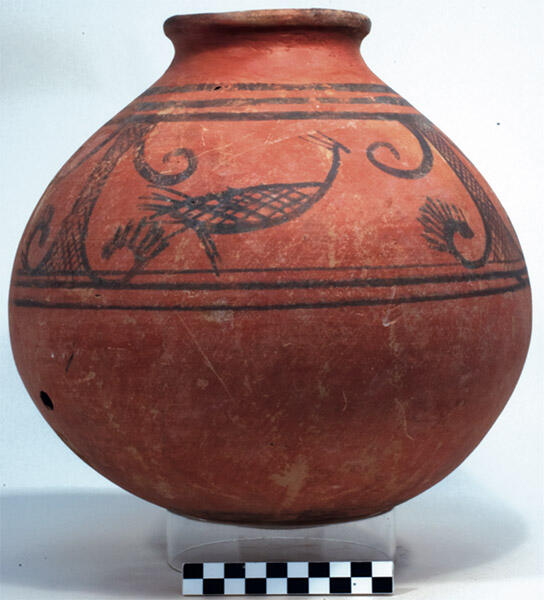Rita P. Wright, an archaeologist with long experience understanding the Indus areas around Harappa (see the Beas Settlement and Land Survey) looks at the complex evidence surrounding the decline of Indus civilization at the end of the third and beginning of the second millennium (around 2000 BCE and afterwards). She writes: "Although these final stages of the Indus Valley civilisation are poorly understood, my purpose here is to briefly review what is known about the Late Harappan in order to move toward a better understanding of Indus relations with the Arabian Gulf and its trading partners. After a discussion of the Late Harappan, I focus on the Jhukar ceramics in the Lower Indus and the Sorath Harappan and Late Harappan in Gujarat."
The discussion takes on the so-called Jhukar culture that followed Indus culture in Sindh (and it is suggested was not so distinct), examines parallels or not between so-called Sorath Harappan and Gulf Indus pottery styles, and in general, describes the many strains of environmental and archaeological evidence from the period that suggest a highly dynamic but not discontinuous evolution in the larger Indus and Gulf geographical area.
Image: Fig. 6. Large jar with peacock motif (#A 19067: Karzakhan Cemetery, Hamad Town [Bahrain], Season 1986–87, Excavation Area: BSW, Burial Mound: 1, Grave 20, Square D5). Courtesy: S.T. Laursen.
- Log in to post comments

